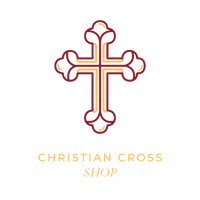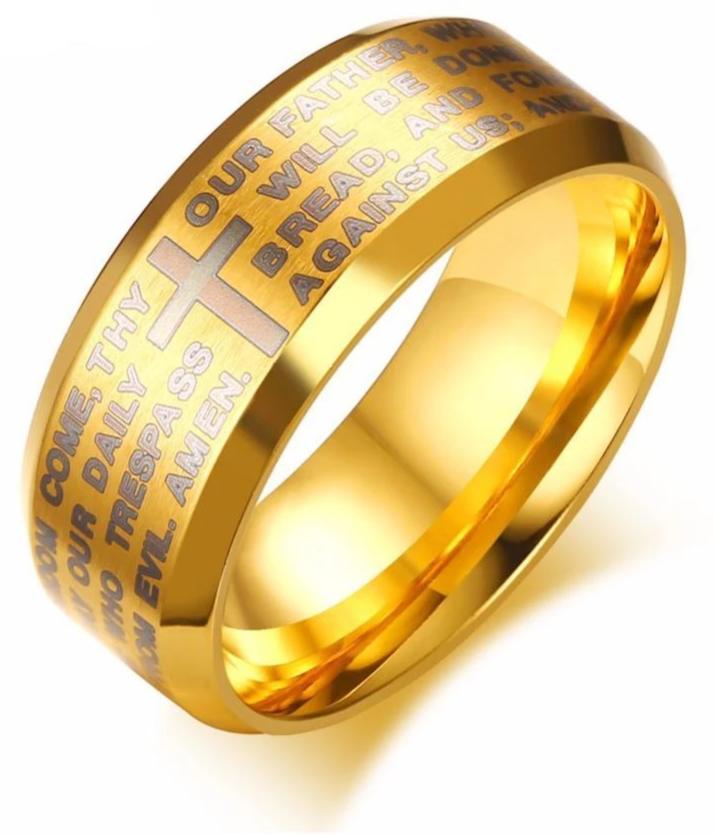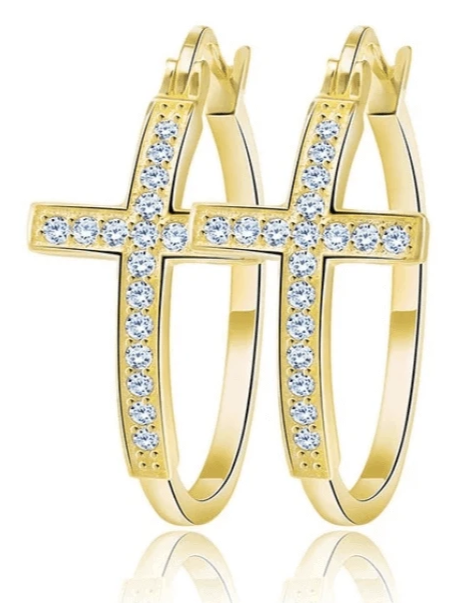CHRISTIAN CROSS SHOP
N°1 CHRISTIAN CROSS SHOP
Specializing in Christian jewelry
Christian cross : The n°1 seller of religious accessories

Different crosses exist: The Latin cross
Often known as the crucifix, the Latin cross represents the crucifixion of Christ.
Historically, it would seem that this pattern of Catholic cross is derived from the dagger, a symbol of pagan origin.
In many countries of the world (mainly in Asia), the Latin cross is seen as an animistic cult object dating back to the pre-Christian era.
Before Christianity made it the Christian lucky symbol we know today, it could have symbolized things like the four cardinal points, the link between the horizontality of our watch and the verticality of the spiritual world, fertility, etc.
It is therefore with the crucifixion of Jesus of Nazareth that the Latin cross took on a new meaning and became the symbol of Christ’s love and altruism, as well as his devotion to mankind.
The worship of the Christian cross thus not only spread throughout Europe, but also dramatically affected Africa and the Americas.
In the 15th century, it became increasingly difficult for many enslaved Africans to retain their cultures and beliefs when they entered the New World.
Faced with the terrible hardships they had to endure, many turned to religion.
For many, the Latin cross became a symbol of hope and a brighter tomorrow.
Christianity is the most practiced religion in the world, with over 2 billion followers.
This faith is based on the message of Jesus Christ, considered the son of God and his incarnation on Earth. Most historians consider Christianity to be one of the greatest influences on mankind throughout its history.
According to the Bible, the first church was organized 50 days after the death of Jesus, when the Holy Spirit descended upon his followers. Early believers saw their mission on earth as sharing the Gospel with the whole world. Many of them therefore chose to become missionaries.
The early Christians were persecuted for their faith by the Jewish rulers and later by the Romans. In this context of permanent accusation, they had to use stratagems to recognize themselves. They then found symbols, signs of recognition… which later became Christian good luck charms.
Christianity is divided into three main branches: Catholic, Protestant and Orthodox. Each one has seen its own type of Christian good luck charm emerge. Besides that, there are an impressive number of subdivisions, younger branches and sects claiming to be Christian.
Let’s also make it clear that since a large part of the Bible is made up of the Old Testament, a close connection can be made between some Christian good luck charms and their Jewish counterparts. In this respect, it may be interesting to take a look at the part of our site that deals with Judaism.
You should also know that with the Christian good luck charm more than any other, your heart should remain open.


THE ORIGINS OF THE HUGUENOT CROSS, PROTESTANT JEWEL
In the 17th century, the Huguenots are the Protestants, those who chose to move away from the dogma of the Catholic Church in favor of the reformist approach initiated by Luther or Calvin. The Huguenot cross was first born as a sign of gathering for these protestants who wish to return to a more literal reading of the Bible.
It is said that it was created by a jeweler in the south of France in the 1680s, although this origin is difficult to attest. He is said to have been inspired by the cross of the order of chivalry of the Holy Spirit created by King Henry III, from which the Huguenots had been evicted.
Its symbolic origins, however, are hardly in doubt. The Huguenot cross or cross of the Protestants takes the form of the Maltese cross or cross of St. John, with four branches of equal size drawing a total of eight points. Between each of these branches are inserted flowers of lilies. The famous symbol of the kings of France also refers here to the image of the crown of thorns that Christ wears on the cross.
The Huguenot cross is often accompanied by a pendant. Often, it is a dove, symbol of the Holy Spirit, symbol of the faith of the wearer. It also happens regularly that the dove is replaced by a pendant in the shape of a drop or a tear, which symbolizes the persecution of which the Protestants have long been the object.





